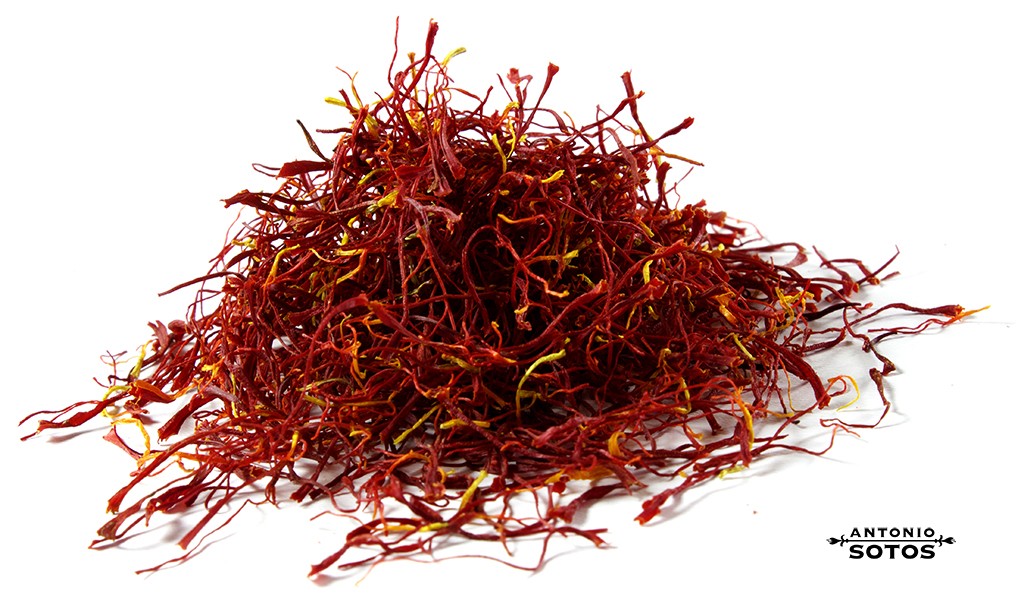Saffron: a great condiment for your summer dishes
 Saffron is one of the world’s most popular and prizes spices and a quite common condiment in a large part of Spanish gastronomy. Indeed with merely conjuring it up one can detect its characteristic smell or identify it to the classic yellowish tint (or colouring) with which it imbues certain dishes. But would you know how to use it properly when cooking? Here we’ll show you some tips on how to properly use saffron threads in your summer dishes.
Saffron is one of the world’s most popular and prizes spices and a quite common condiment in a large part of Spanish gastronomy. Indeed with merely conjuring it up one can detect its characteristic smell or identify it to the classic yellowish tint (or colouring) with which it imbues certain dishes. But would you know how to use it properly when cooking? Here we’ll show you some tips on how to properly use saffron threads in your summer dishes.
Saffron as a condiment in cooking
The main characteristics of saffron are its and pleasant and strong aroma and capacity to tint yellow all kinds of recipes in which it is used. In cooking terms, saffron is widely demanded in rice-based recipes. Furthermore, its use as a condiment is widely used in sauces, meats, stews, salads and even in ice cream! Its price may be a little steep, but it is a product that you will easily get your money’s worth out of due to the small amount that is needed
Saffron comes in strands and that’s how you should cook it, given that when it is crushed or reduced, it loses some of its properties. When used when cooking, you can toast it beforehand or dilute it in hot water. It depends on you on which method you wish to use. If you decide on toasting, you must bear in mind that only a few seconds toasted at medium or low heat will be enough to get the best out of the saffron. If, however, you opt for dilution, you should let it stand for a while, until the water or broth becomes slightly tinted.
In addition to being a valuable and prized condiment for your rice dishes, sauces or creams, you can also use fresh saffron. In this fashion, you can use it in decorating salads, gazpachos or any other food dishes where you wish to give those dishes that special touch.
Don’t hesitate, if you wish to find the method so as to prepare something original this summer, saffron can be the perfect complement to your recipes.






 English
English Français
Français Español
Español